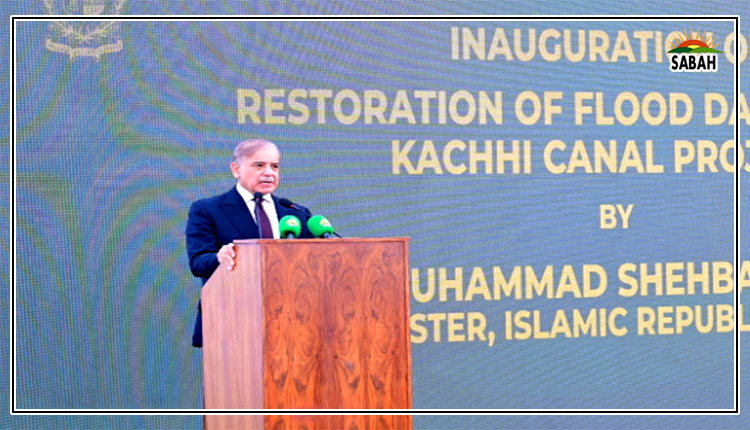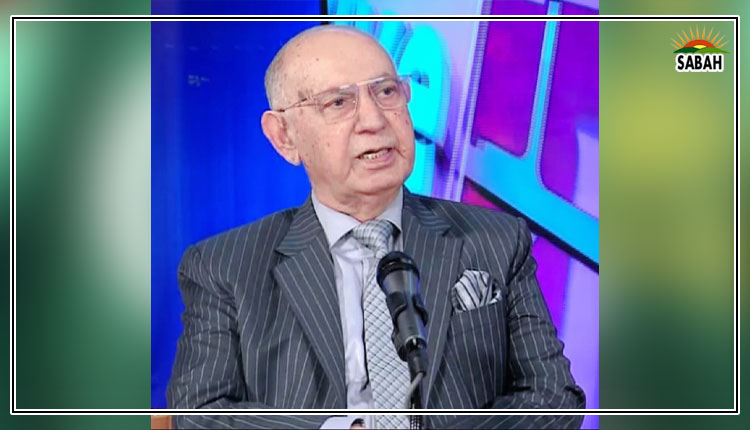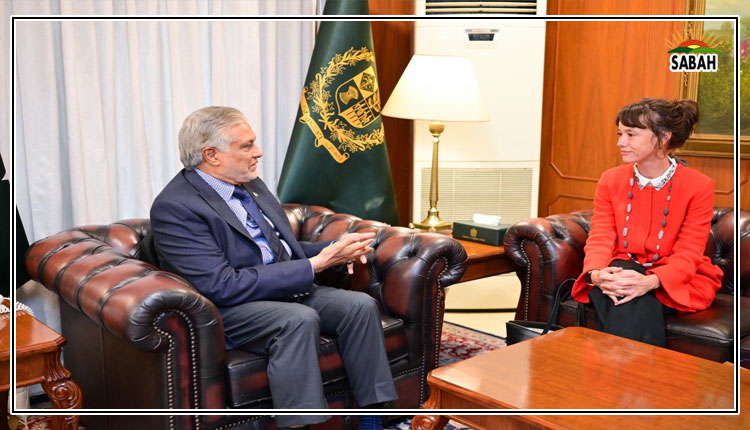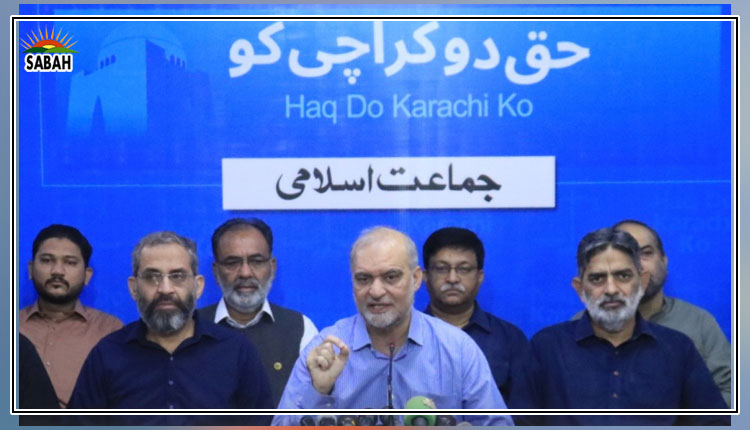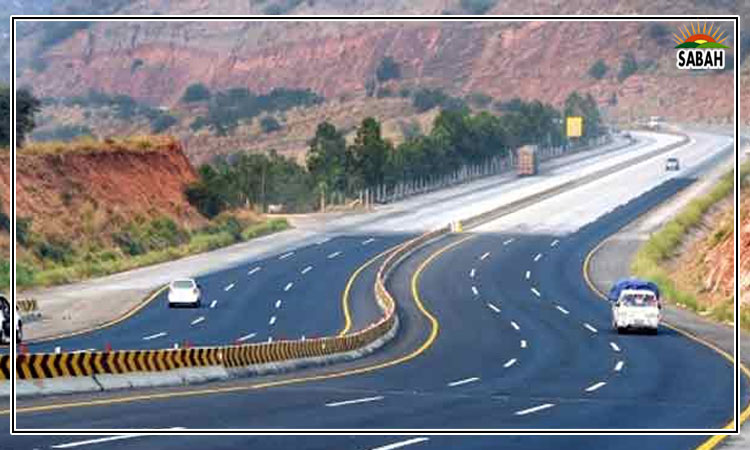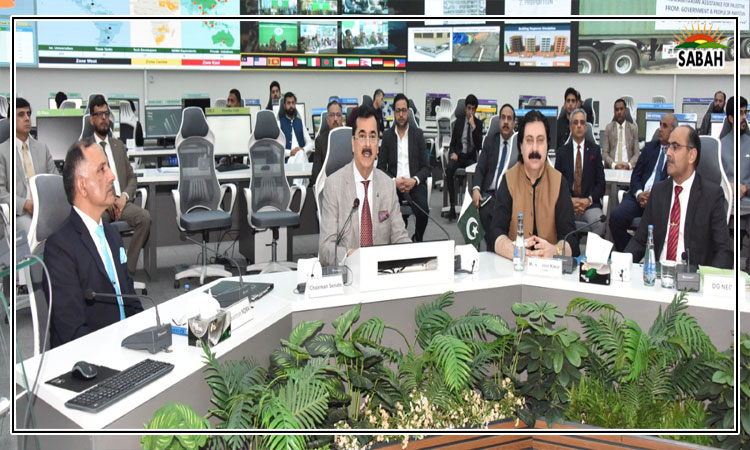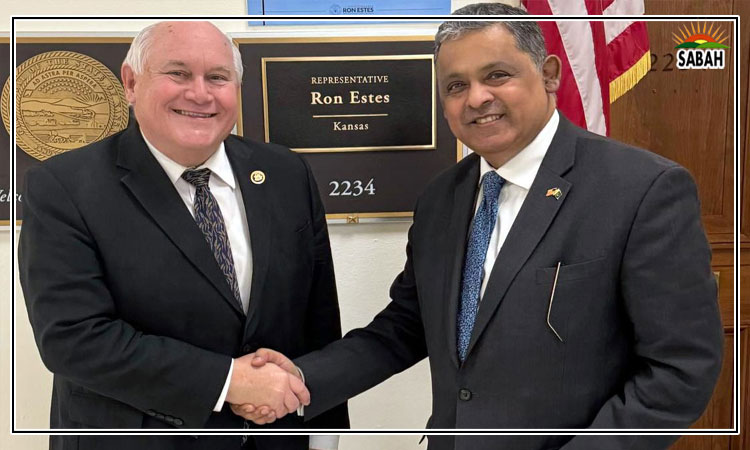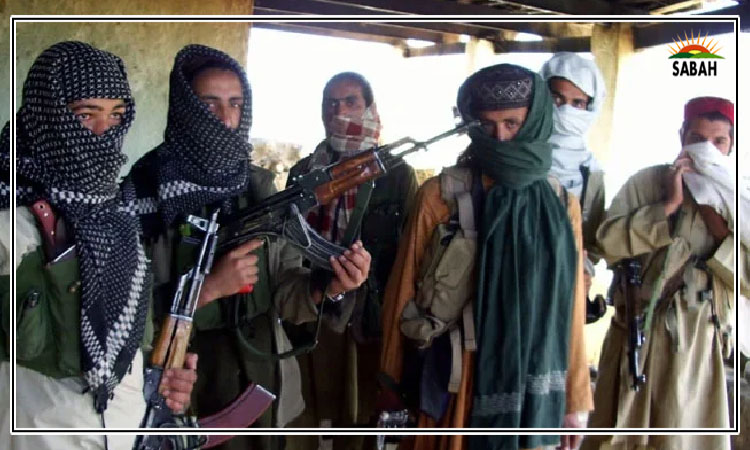The India-Afghanistan nexus …Omay Aimen
Beyond its boundaries, India’s strategic policy of supporting terrorism for its own purposes has a substantial negative influence on regional stability, with Pakistan being the primary target of its nefarious intentions.
India aggressively encourages terrorism inside Pakistan, taking advantage of the country’s porous borders to sow division and instability. India does this by using neighbouring Afghanistan as a platform. Even though Pakistan is making an attempt to guard its borders with India, Afghanistan’s borders give India a means of advancing its destabilisation objective.
This devious strategy not only jeopardizes peace in the area but also underscores India’s disregard for international norms and the sanctity of sovereign boundaries. Therefore, it is essential to address the underlying causes of this cross-border terrorism in order to protect the security and prosperity of the whole area.
With the backing of the whole country and its armed forces, Pakistan has been fighting terrorism for more than 20 years, effectively taking down terrorist networks inside its boundaries. Even with this success, subsequent spikes in terrorist attacks indicate that the threat still exists even after large-scale organizations and physical infrastructure have been destroyed by military action.
Increased efforts are being made to combat terrorism in the wake of recent terrorist incidents that have shook the country. Since Pakistan’s creation, the turbulent relationship between Afghanistan and Pakistan has been tarnished by an ongoing lack of goodwill on the part of Afghanistan.
Anti-Pakistan sentiments have persistently increased, regardless of what government is in Kabul, and are frequently stoked by attempts to destabilize Pakistan with the help of India. Remarkably, a number of nationalist movements in Pakistan may be traced back to Afghanistan. The book, ‘My Enemy’s Enemy’, by Avinash Paliwal provides an insightful analysis of India’s strategic use of Afghanistan as a stand-in for Pakistan.
In the book, it is claimed that during the administrations of Karzai and Ghani, India’s RAW, which allegedly had ties to up to 34 Afghan governors, made considerable use of Afghan land. Two disclosures highlight the complex geopolitical processes that have shaped the long-standing competition between two adjacent countries in the area.
With 21 operational facilities in Rajasthan, India, and an estimated 66 training centres operating in Afghanistan, the NDS operated as an extension of RAW. Khyber Pakhtunkhwa and Balochistan were the main targets of these operations. The Tehreek-e-Taliban Pakistan (TTP) and its affiliates were major players in KP and GB, while Baloch separatist forces focused their energies on Karachi and southern Balochistan.
The year 2018 saw the creation of BRAS, an organization that combined many Baloch terrorist organizations. Targeting Chinese interests in Pakistan was the main goal of BRAS, especially in Gwadar and Karachi, locations where Kulbhushan Jadhav was arrested from. The TTP and BRAS then worked together to intensify their destabilizing efforts in Pakistan.
It is impossible to ignore India’s financial backing of terrorist organizations and dissident organizations in Pakistan, such as the TTP and Daesh. Pakistan has provided the world with indisputable proof that India is involved in terrorist operations inside its borders. This claim is further supported by the arrest of RAW agent Kulbhushan Jadhav, who was apprehended for planning terrorism in Balochistan.
TTP, ISIS, and BLA terrorists operate out of Afghanistan and serve as tools of our enemy, taking advantage of any chance to obtain money in order to carry out evil actions. Without a doubt, these anti-state acts are sponsored, either directly or indirectly, by our nemesis. Such terrorist attacks are centred in Afghanistan, which is continuously used against Pakistan, supporting Pakistan’s claim that terrorist groups opposed to Pakistan, such as the TTP and ISIS, are regularly housed in Afghanistan.
Chuck Hagel, the former US defence secretary, has publicly admitted that India uses Afghanistan as a backstage area to carry out terrorist attacks against Pakistan. Pakistan was hopeful that after the Afghan Taliban took over as the ruling party, there would be a decline in terrorist occurrences. Regrettably, this was not the case, with the number of incidents rising. In the current situation, the Afghan Taliban are a menace not just to Pakistan but also to its neighbours, China, Russia, and the world community, since they not only equip and finance terrorist organizations such as the TTP but also give them safe havens.
The 33rd report of the monitoring committee assigned to ISIS and other terrorist groups, which was presented to the UN Security Council, reveals startling information on the ongoing existence of several terrorist groups on Afghan territory. For Pakistan, this confirms its long-standing fears about terrorism, and it is also extremely worrying for regional and international parties. The study reveals the multifaceted assistance that Daesh gives the TTP to strengthen its hostile actions against Pakistan.
It is imperative to dismantle the nefarious nexus between India and Afghanistan, which fuels instability and terrorism in the region. Considering its obligations under the terms of the Doha Agreement, Afghanistan needs to answer for allowing its territory to be used as a terrorist launchpad.
In addition, even though India is a profitable market, the world community cannot ignore its involvement in funding terrorism. Given India’s transformation as a state sponsor of terrorism, it is imperative that the world denounce it and take coordinated action to lessen its detrimental effects on regional security and peace. Breaking this nexus is paramount to fostering stability and prosperity in the affected regions and beyond.
The writer is a freelance contributor and writes on issues concerning national and regional security. She can be reached at: omayaimen333@gmail.com
Courtesy The News


